什么是 Telcoin?关于 TEL 你需要知道的一切
Telcoin(TEL)是一个基于区块链的平台,旨在通过移动网络和去中心化金融解决方案实现低成本汇款的可及性。全球金融系统仍然是碎片化的,缺乏一个被广泛采用、能够支持无缝消费者和商业应用的区块链基础设施。这一缺口为开发一个去中心化、合规且如互联网一样普及的网络提供了重大机会。通过利用现有的移动网络,目标是打造一个整合了移动接入、货币兑换和区块链结算的一体化系统。这种统一模式为生态系统各层的用户提供治理权和经济激励。Telcoin 正是一个通过电信整合与区块链结算来实现这一愿景的项目。
什么是 Telcoin(TEL)?
Telcoin 于 2017 年由总部位于新加坡的组织创立,并发行了 Telcoin (TEL) 代币,旨在通过区块链技术变革汇款领域。同年,Telcoin 便致力于弥合法币与数字货币之间的鸿沟,提供一个低成本、快速且合规的移动金融服务基础设施。2018 年,Telcoin 成为首家加入全球电信行业组织 GSMA 的区块链公司,彰显其利用分布式基础设施支持去中心化金融产品的愿景。
随着发展,Telcoin 成为了一个全球网络,在立陶宛和阿根廷作为虚拟资产服务提供商受到监管,在新加坡为主要支付机构,在美国、加拿大和澳大利亚则作为货币服务商运营。Telcoin 现由位于瑞士卢加诺的非营利组织 Telcoin 协会治理,该协会通过去中心化的 Miner Councils 监管平台运作。Telcoin 创始人兼 CEO Paul Neuner 与 Ryan Neuner 及其国际团队一道,推动公司通过移动技术实现金融普惠的使命。
Telcoin 以庞大的汇款和移动支付市场为目标,旨在提供相较 Western Union 等传统转账服务的替代方案。Telcoin 希望通过与大型电信运营商和移动支付服务商合作,为全球数十亿移动用户提供服务。Telcoin 网络同时支持法币和区块链通道,融合了传统监管合规与 DeFi 的优势,如自动化、透明度和降低对手风险。Telcoin 的愿景是让任何拥有手机的人都能即时获得实惠的金融服务。
Telcoin 如何运作?平台架构、治理与矿工
Telcoin 平台构建为一个多层区块链基础设施,旨在通过移动网络提供用户自主的去中心化金融服务。其架构由三个互通的网络组成——Telcoin Network、TELx 和 Telcoin Application Network(TAN),每一层都承担着不同的功能。这些层共同构成一个垂直整合的解决方案,覆盖区块链执行、去中心化交易和移动应用层,共同驱动整个 Telcoin 系统。
在技术栈的底层是 Telcoin Network,这是一个兼容 EVM 的公有区块链,作为平台的执行与结算层。该网络通过权益证明(PoS)共识机制进行安全保障,依靠通过 GSMA 认证的移动网络运营商(MNO)担任验证者。这些验证者负责管理 Telcoin Network 节点、验证交易并生成区块,以获取平台原生代币 TEL 的 gas 费用和发行奖励。Telcoin Network 支持智能合约并保障数字产权,用户可在无需第三方中介的情况下进行交易。该基础层的治理由平台委员会与金库委员会通过 TELIP 流程执行,该流程支持网络升级、经济协调与规则更改。

来源:forum.telcoin.org
Telcoin 网络之上是 TELx,去中心化金融市场层。TELx 是一个由自动化做市商(AMM)流动性池和智能合约组成的网络,旨在促进代币交换、流动性提供和汇款功能,无需中介。它使 TEL 代币及其他代币能够在去中心化市场中无缝交易。流动性提供者或“流动性矿工”向 TELx 流动性池提供资产,并根据交易费用和 TEL 发行奖励分成。其治理由 TELx 委员会通过 TELxIP 流程进行,委员会成员决定流动性如何分配、支持哪些池以及 TEL 激励如何分配。所有 TELx 合约均为非托管型,且始终在线,自动在 EVM 中运行。

来源:forum.telcoin.org
架构的顶部是 TAN,即 Telcoin 应用网络,它由一套与底层层次集成的移动应用组成。TAN 作为平台的用户界面,将消费者与数字钱包、资产交换、汇款和质押等服务连接起来。TAN 支持多种“矿工”,包括应用开发者和质押者。质押 TEL 并在 TAN 上构建的开发者,可以根据用户采用指标赚取交易费用和 TEL 发行奖励。与此同时,质押者—通常是移动用户—通过推荐其他用户加入平台并从被推荐用户的活动中获得奖励。TAN 的治理由 TAN 委员会通过 TANIP 流程进行,确保关于移动访问和用户级奖励的规则透明且由社区主导。

来源:forum.telcoin.org
系统的核心是 TEL 代币,它贯穿于所有三个层次。矿工通过质押 TEL 参与系统,使用 TEL 支付交易费用,并从 TEL 金库中收获作为发行奖励。平台将 TEL 收获规则直接嵌入智能合约中,确保在 Telcoin Network、TELx 和 TAN 上对矿工进行安全且可编程的奖励分配。所有这些层次共同构成一个统一的平台,使用户能够通过移动设备民主化地访问数字金融服务。
治理
Telcoin 平台的治理结构被设计为一个强大、民主且去中心化的系统,结合了区块链原生机制与成熟的机构框架,以确保长期的可持续性和有效的自我管理。它由位于瑞士的非营利组织 Telcoin 协会在法律上代表,并采用多中心化的结构,其中权力和责任分布在多个自治的团体中,这些团体被称为矿工委员会。矿工委员会代表四种类型的矿工——Telcoin Network 的验证者、TELx 的流动性矿工、TAN 上的开发者和质押者——这些矿工共同制定和完善治理平台及其代币经济的规则。

来源:telcoin.org
与传统的 DAO 依赖单纯的链上代币投票不同,Telcoin 的治理模型采取了更为细致的方法,融合了 Elinor Ostrom 的 8 项共同资源管理设计原则。Ostrom 的研究挑战了传统观念,即只有私有化或集权控制才能防止共享资源的过度使用,这些原则已在 Telcoin 协会的宪法层面得以嵌入。这些原则——明确的边界、渐进的制裁、冲突解决和集体选择安排——为社区驱动的规则制定和执行奠定了基础。其实际实施受到制度分析与发展(IAD)和社会生态系统(SES)框架的指导,这些框架为定义规则、行为者、治理结果和生态系统动态提供了结构化的方法论。
TGIP1(Telcoin 治理改进提案 1)正式将这些框架整合进治理过程,推动适应性规则制定和系统透明度。通过 TGIP1,Ostrom 的原则转化为可操作的制度响应,旨在防止其他区块链系统中常见的治理陷阱,如选民冷漠、权力集权或合规问题。Telcoin 的治理结构还将平台视为一种标准的财产制度,这意味着资源的共享性质要求所有利益相关者平衡提供和使用,以避免通常所说的“公地悲剧”。
Telcoin 平台利用由多个互联工具和技术组成的治理基础设施,将这些原则付诸实践。Safe Wallets 作为委员会和选区的链上代表,通过链下 Snapshot 投票批准的交易执行。治理 NFTs 为委员会成员分配投票权,而 TEL 流向 NFT 持有者的钱包,以对齐经济激励。Zodiac Reality Module 充当预言机,将链下投票结果传递至链上,连接 Snapshot 和 Safe Wallet 功能。为了确保合规性,Zodiac Guard Module 允许合规委员会否决任何被标记为违反平台规则或外部规定的交易。此外,Zodiac Bridge Module 使得不同链上的 Safe Wallets 能够互相交互,而 ENS 名称则支持跨治理层的身份和空间管理。
矿工
矿工是 Telcoin 平台的运营支柱,执行着维持其去中心化架构和经济活动的核心职责。平台识别出四种不同类型的矿工——验证者、流动性矿工、开发者和质押者——每种矿工在系统中扮演独特的角色。这些群体共同确保平台的技术稳定性、流动性、用户采纳和治理。根据矿工委员会设定的规则并通过智能合约和组织流程执行,他们的贡献会获得 TEL 代币的发行和用户费用作为奖励。
验证者负责保障 Telcoin Network 区块链的安全性。这些节点验证并将区块添加到链上,支持去中心化的交易执行和结算。只有获得合规委员会批准的 GSMA 操作成员移动网络运营商(MNOs)才有资格成为验证者。他们通过质押 TEL 参与权益证明(PoS)共识机制,并因成功验证每个区块而获得交易费用和 TEL 代币的奖励。验证者还通过他们指定的矿工群体参与治理,提出并投票决定平台层面的决策。
流动性矿工为 TELx 提供动力,TELx 是 Telcoin 平台的去中心化金融层。他们为自动化做市商(AMM)流动性池提供流动性,支持数字资产的无缝、自托管交易。任何用户都可以通过将 TEL 和其他资产存入 TELx 流动性池并质押其流动性提供者代币成为流动性矿工。作为回报,他们根据其所质押流动性的份额,获得交易费用和 TEL 奖励。流动性矿工的治理参与也基于质押的流动性,使他们能够对 TELx 政策和规则变更发表意见。
开发者在 Telcoin 应用网络(TAN)上构建和维护移动应用,TAN 作为平台的移动接口。通过质押 TEL 并部署集成 Telcoin 服务的面向用户的应用,开发者从其用户那里获得交易费用,并根据应用的使用情况赚取 TEL 代币的发行奖励。质押者则是支持平台采纳的 Telcoin 用户,他们通过推荐他人并使用 Telcoin 服务来支持平台发展。他们质押 TEL,获得推荐奖励,并获得与网络影响力相关的投票权。
每个矿工群体治理其领域,但在平台层面的决策中享有平等的权力,确保了一个平衡且协作的治理模式。
Telcoin 应用场景
Telcoin 通过区块链技术、电信基础设施与去中心化金融(DeFi)的结合,为现实金融需求提供了实用解决方案。其用途涵盖汇款、基于稳定币的支付、数字资产管理与交易服务,所有功能均可通过移动设备访问,并由 TEL 代币驱动。
- 汇款:Telcoin 的核心产品支持从银行账户或数字资产余额,快速且低成本地汇款至超过 20 个国家的 40 多个移动支付平台与电子钱包。这项服务尤其适用于向家中汇款的外籍务工人员,提供了传统昂贵又缓慢的汇款渠道的替代方案。借助 Telcoin,用户可享受更低的费用、更快的转账速度与更加包容的金融体系。
- 数字现金(稳定币):Telcoin 支持多种法币挂钩的稳定币,作为其移动金融生态中的数字现金。这些稳定币是交易的基础,有助于减少波动性,并支持日常消费、储蓄与支付。作为可编程的数字货币,Telcoin 的稳定币可实现即时、低成本、跨境且合规的支付。
- 数字资产管理:通过 Telcoin 应用,用户可以使用主流 DeFi 协议在移动端发送、存储与兑换超过 100 种数字资产。平台强调用户自主与自托管,取消中介,使用户完全掌控自身资产。
- 交易与支付结算:TEL 是 Telcoin Network 的原生 gas 代币,用于生态内的支付结算。同时,TEL 也用于平台去中心化流动性层 TELx 上的交易服务,用户支付交易费用,流动性提供者则以 TEL 获取奖励。
Telcoin 主要功能
Telcoin 钱包
Telcoin 钱包是一个安全且用户友好的数字资产入口,让用户能够完全掌控自己的资金。它支持向超过 20 个国家汇款,并可实现全球用户之间的资产转账。用户可通过一个直观的多签名、自托管钱包,存储超过 100 种加密货币。用户既可通过链上充值,也可在支持的地区通过银行账户或借记卡购买 USDC。钱包还集成了 DeFi 协议,可在 Polygon 网络上实现数字资产的即时兑换。无论是发送 TEL、USDT、USDC 还是 WBTC,Telcoin 钱包都能以低成本实现交易、存储与转账,为移动优先的一代带来去中心化金融体验。

来源:telco.in
数字现金
Telcoin 的数字现金是一种全新的多币种稳定币类别,旨在为下一代移动金融服务提供动力。这些稳定币(如即将推出的 eUSD 和 eEUR)致力于重塑用户与区块链及传统金融的交互方式。它们由位于内布拉斯加、已获有条件批准的数字原生金融机构 Telcoin Bank 发行,具备监管背书,并接入全球银行基础设施。数字现金支持低费用、即时结算和原生多币种的跨境支付,无论是用于汇款、商户支付还是基于区块链的银行业务,Telcoin 的数字现金都为个人和机构提供了一个可编程、安全且合规的解决方案,助力价值在全球范围内自由流动与存储。

来源:telco.in
汇款
Telcoin 正在通过提供一种快速且低成本的替代方案,彻底变革传统汇款服务。通过与移动钱包提供商和电信运营商的合作,Telcoin Wallet 让用户可以向 20 多个国家汇款,总费用不超过 2%。用户可将数字资产或关联银行账户中的资金直接发送到如萨尔瓦多、埃塞俄比亚、加纳、印尼等国家的可信电子钱包中。该钱包的基础设施确保了无需中介的高速、低成本全球转账。随着更多汇款通道和集成的上线,Telcoin 的汇款网络持续扩展,为金融普惠和跨境流动性带来全新机遇。

来源:telco.in
什么是 TEL 币?
TEL 是 Telcoin 平台去中心化金融服务的原生效用币,总供应量上限为 1000 亿枚,截至 2025 年 4 月,已有 997.9 亿枚(99.79%)处于流通状态。
TEL 贯穿 Telcoin Network、TELx 和 TAN 三个互联基础设施层,驱动交易、激励和治理。TEL 被设计为稀缺数字资产,供应上限为 1000 亿枚,由 TEL Treasury 按年度发行库存的 10%,并通过可编程流程在系统内再分配。验证者、流动性矿工、开发者和质押者需质押 TEL 参与网络、获取资源、赚取费用与发行奖励,并根据所属矿工组的质押比例获得治理权。
在 Telcoin Network 上,TEL 作为 gas 使用。用户用其支付交易费用,验证者通过权益证明机制保障区块链安全,按其活动获得 gas 费用和发行奖励。在 TELx 中,TEL 为去中心化资产交易提供动力,用户用 TEL 支付流动性和交易费用,流动性矿工提供以 TEL 为基础的流动性来赚取兑换费用和发行奖励,同时也获得治理权。
在 TAN 应用层,用户使用 TEL 实现自托管、支付和在 Telcoin 应用内进行交易。开发者需质押 TEL 才能在 TAN 上开发应用,并根据用户活动获得发行和费用收入,其治理权也与所质押的 TEL 数量相关。同样,质押者通过质押 TEL 获得推荐奖励和依据其所引入用户的网络活动获得发行奖励。
该系统通过销毁与再生机制确保 TEL 的可持续性。每个区块中一部分作为 gas 支付的 TEL 会被销毁,并等量重新发行至 TEL Treasury,在不扩大供应的前提下维持收益。TEL 的多重用途——包括网络准入、质押奖励、交易支付和治理参与——使其成为 Telcoin 平台的经济和治理核心。通过这些机制,TEL 支持一个安全、去中心化、高效的全球金融生态系统。
Telcoin 的代币分配包括:50% 用于市场流通,25% 用于生态系统发展,15% 用于 MNO 激励,5% 分配给团队,5% 分配给早期贡献者,均设有锁仓计划,以促进平台的可持续性和长期利益一致。
TEL 值得投资吗?
Telcoin(TEL)通过连接移动电信基础设施与去中心化金融,提供具有吸引力的应用场景,有望实现低成本汇款并推动更广泛的金融普惠。其在多个司法辖区获得监管许可,并与电信合作伙伴深度集成,增强了其合规性与可信度。然而,该平台的成功依赖于电信合作的广泛推广以及持续的用户参与,在竞争激烈的金融市场中可能面临挑战。此外,TEL 的效用与需求需与生态系统增长同步扩大,若生态发展滞后,可能影响代币的长期价值,带来一定风险。
如何拥有 TEL?
你可以通过中心化加密交易所购买 TEL。首先注册并完成 Gate.com 账户的实名认证与充值,然后即可按照提示步骤购买 TEL。
Telcoin 最新动态
据 2025 年 2 月 7 日官方博客消息,Telcoin 正式发布 Telcoin Wallet V4,这是其实现“货币互联网”愿景的重要一步。V4.0 版本带来了全新设计的用户界面、更流畅的汇款发送流程,以及关键基础设施升级,为未来支持 Digital Cash 的功能打下基础。这些升级将助力 Telcoin Wallet 无缝接入受监管的数字资产银行 Telcoin Bank,并为即将上线的 V4.X 功能做好准备,包括多币种稳定币、扩展的支付渠道和面向全球用户的无国界交易能力。
相关文章
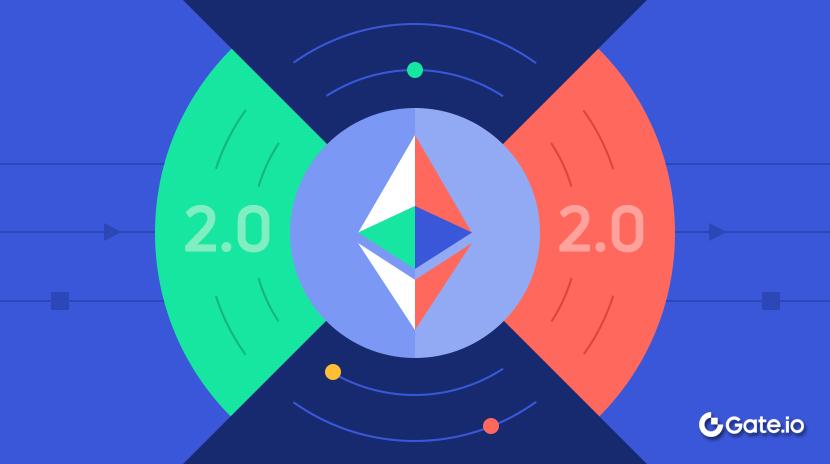
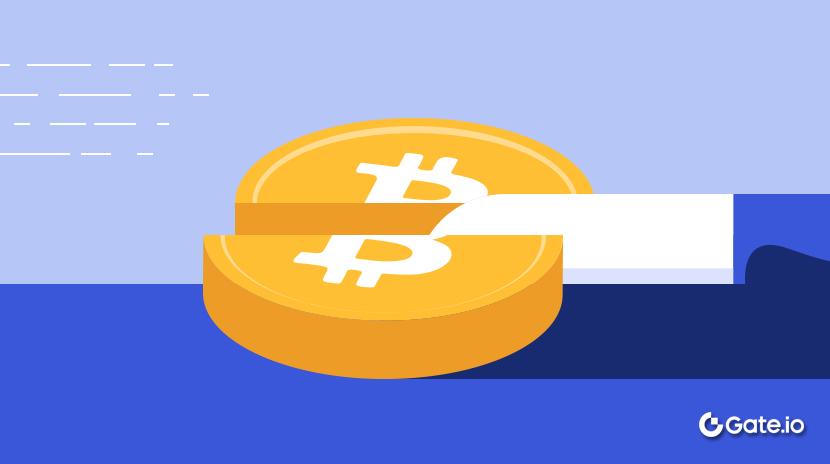
不可不知的比特币减半及其重要性
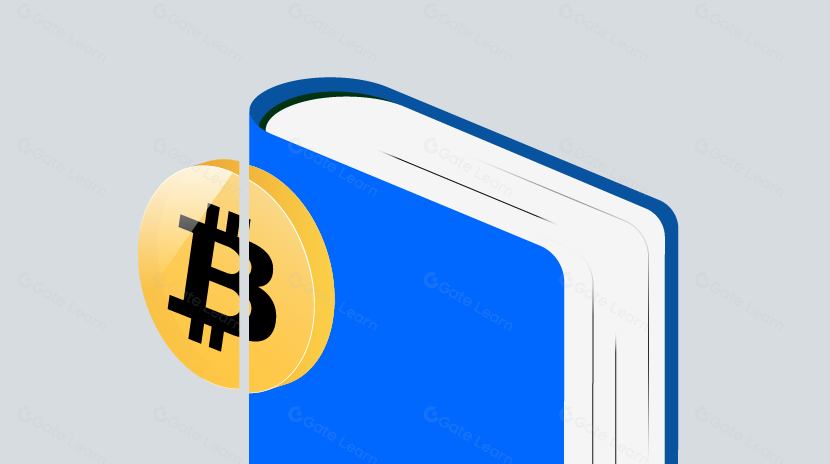
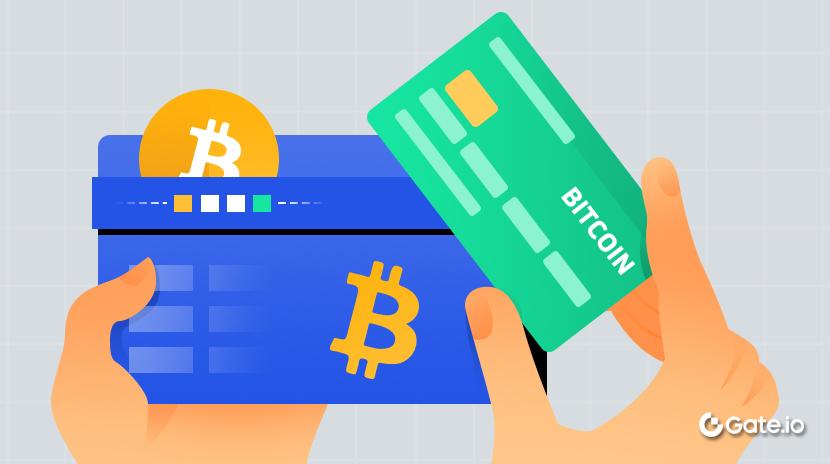
如何选择比特币钱包?
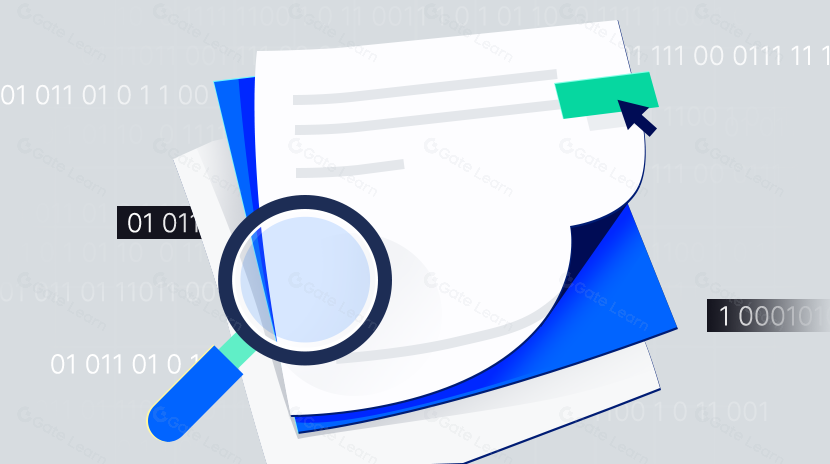
CKB:闪电网络促新局,落地场景需发力


